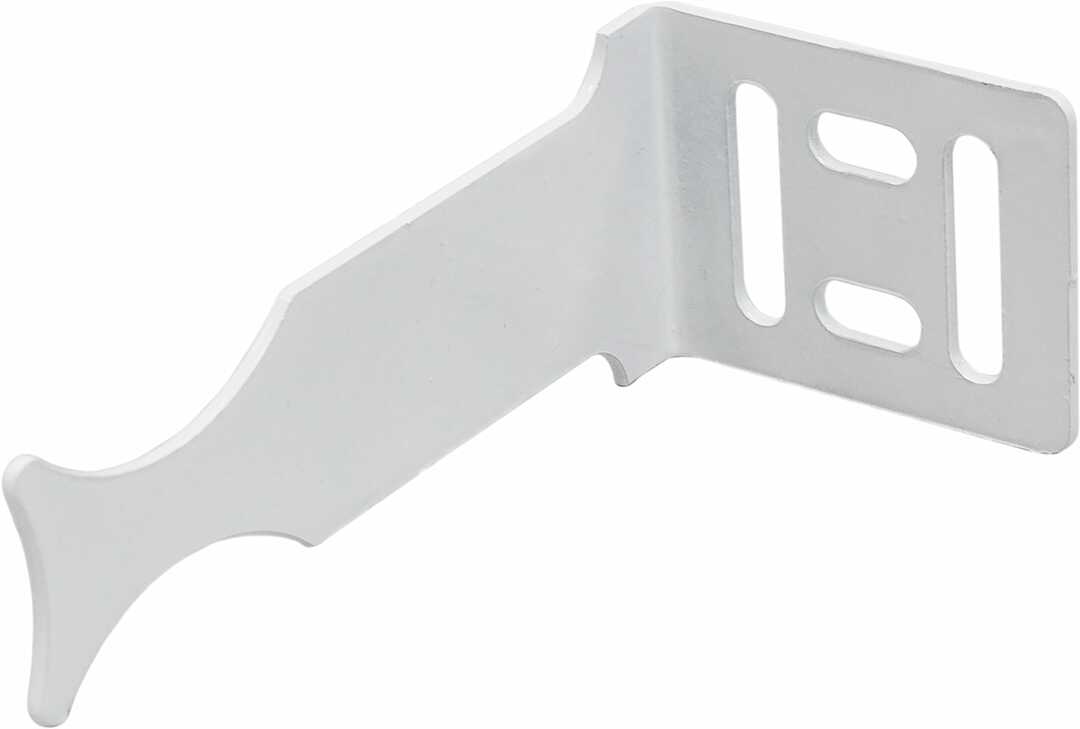Street lighting is necessary for the comfort and safety of people, as well as for illumination of facades, alleys, buildings, streets and other places. When installing street lamps, special attention is paid to their technical characteristics, because they work under changing and sometimes unfavorable weather conditions.
Characteristics
Street lights differ in appearance as well as in performance. They differ in the following parameters:
- the degree of protection against moisture, dust, precipitation;
- the type of light source used (lamps). These can be incandescent lamps, LED (this is perhaps the best option. Read more on the site), luminescent options;
- installation option. According to this characteristic, they distinguish between wall-mounted, surface-mounted, mounted on poles of different heights;
- power supply. The work of street lamps can occur from a 220 V network, from a battery or accumulator. Rechargeable devices and battery-powered lamps are used in cases where there is no possibility of connecting to the electrical network.
Views
According to the method of installation, street lighting devices are divided into the following types:
- wall. Wall-mounted options are designed to illuminate the surrounding space or part of the facades. These luminaires have a low level of protection against moisture, so they are fixed under the roof canopy. Also, a feature of such devices is their low price;
- suspended. Hanging options are also fixed at the entrance doors to illuminate the area in front of the house. Often they can be seen on open verandas, in gazebos. Fixation of the luminaire occurs to the wall on a special bracket. They are resistant to moisture penetration, but they easily allow damp air to pass through, as a result of which condensation may appear inside;
- floor lamps. Similar options for street lamps are a low-height pole installed in open spaces - in squares, parks, gardens, on sidewalks. Thanks to the lantern, which is at a certain height from the surface of the earth, a fairly large area is illuminated. The height of these luminaires can be from one to several meters;
- built-in. Built-in street lamps are notable for complex installation, since for this they are inserted into facades, curbs and other surfaces. Often, such lamps play the role of a searchlight, the beam of which is directed to a specific point of the territory, facade. Such devices have good protection from external factors (dust, moisture), which allows them to be installed directly in the wall, on the track.

